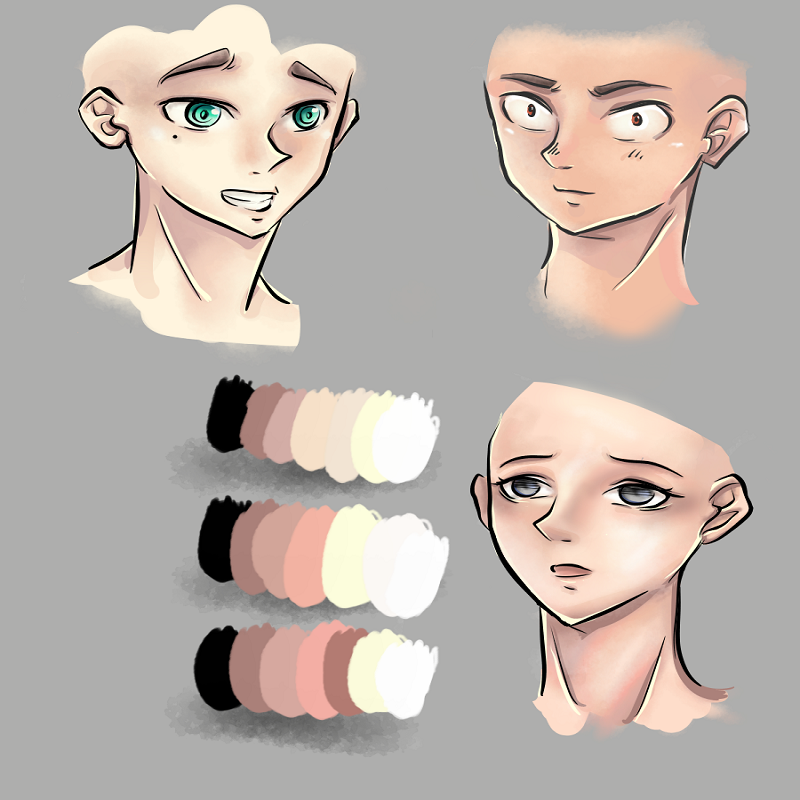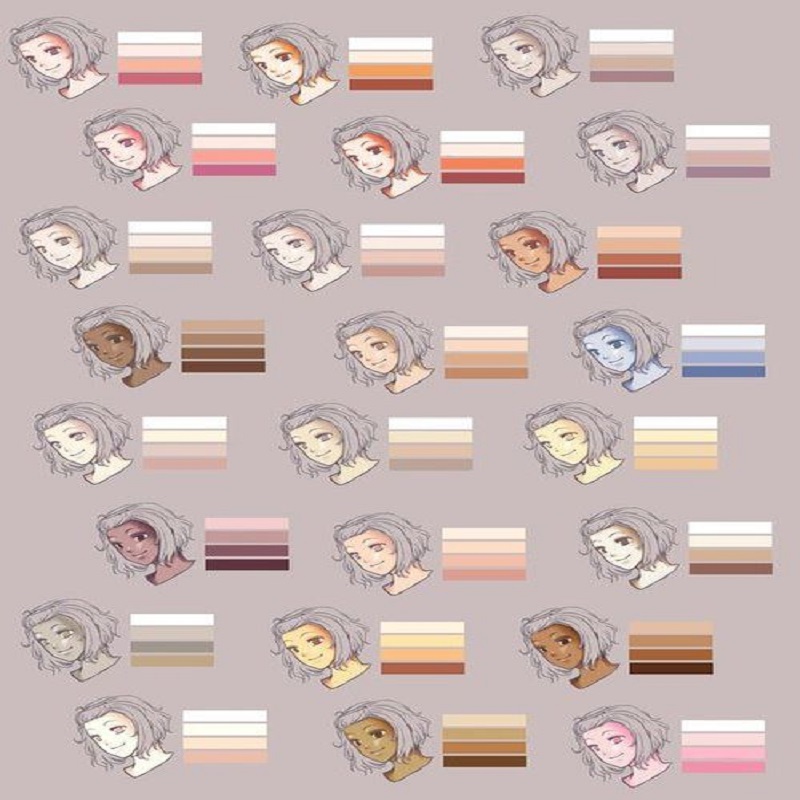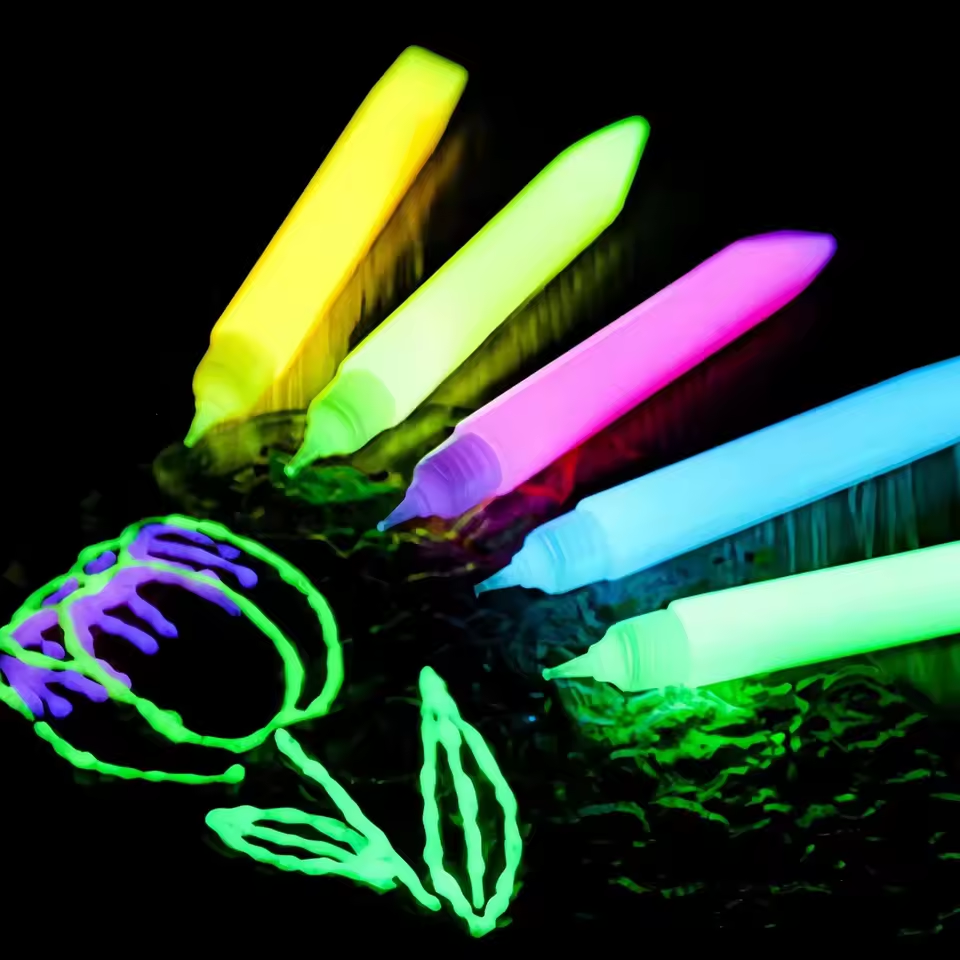How to use the anime skin color palette? Anime, a popular form of Japanese animation, has gained a worldwide following for its diverse and creative character designs. One important aspect of these designs is the depiction of skin color, which varies widely across different anime characters. From fair-skinned protagonists to characters with unique and vibrant skin tones, the anime skin color palette offers a wide range of possibilities for artists and creators. In this article, we will explore the different skin color palettes used in anime and discuss how they contribute to the diversity and representation of characters in this beloved art form.

The Traditional Anime Skin Color Palette
Traditionally, anime has been known for its use of light or fair skin tones for its characters. This is often seen in classic anime series and movies, where the majority of characters have pale or ivory-colored skin. This traditional approach to skin color may be reflective of Japan’s homogenous demographic, where a majority of the population has fair skin. However, as manga becomes more globalized, there has been a push for greater diversity and representation in character designs, including the depiction of skin color.
Expanding the Palette: Diverse Skin Tones in Anime
In recent years, there has been a noticeable shift towards greater diversity in anime character designs, including the use of a broader range of skin tones. This has allowed for the inclusion of characters with unique and vibrant skin colors, such as characters with tan, brown, or even blue or purple skin. By incorporating a wider range of skin tones, anime artists and creators have been able to represent characters from different racial and cultural backgrounds, as well as fantasy or science fiction settings.
The Impact of Diverse Skin Color Palettes
The inclusion of diverse skin color palettes in anime has had a significant impact on how characters are perceived and the stories they can tell. Characters with non-traditional skin colors are not only visually striking but also provide an opportunity for exploring new narratives and perspectives. By breaking away from the traditional anime skin color palette, creators have been able to tell stories that are more inclusive and representative of real-world diversity.
Challenges and Opportunities
While the inclusion of diverse skin color palettes in anime is a positive step towards greater representation, it also presents challenges for artists and creators. Achieving a balance between respecting cultural sensitivity and creative expression is crucial when incorporating diverse skin tones in anime. Additionally, there is a need for increased awareness and understanding of the importance of representation in anime character designs, especially in a global context.
The importance of anime skin color palette
Anime has become an integral part of popular culture around the world, captivating audiences with its unique art style and captivating storytelling. One of the defining characteristics of anime is its diverse range of characters, each with their own distinct appearances and personalities. In creating these characters, the use of a carefully curated skin color palette plays a crucial role in shaping their identities and conveying cultural nuances. In this article, we will explore the importance of the anime skin color palette and its impact on the overall representation of characters in this beloved art form.

The Impact of Skin Color on Character Representation
In anime, the portrayal of characters from different racial and ethnic backgrounds is of paramount importance. The skin color of a character not only reflects their heritage and cultural identity but also plays a significant role in defining their personality and experiences. It is essential for anime creators to be mindful of the complexities and nuances associated with skin color, and to depict characters in a respectful and culturally sensitive manner.
The Cultural Significance of Skin Color
Skin color holds significant cultural and social significance in various societies around the world. Different cultures attach different meanings and values to skin color, and these perceptions often influence the ways in which individuals and communities are represented in media and popular culture. In anime, the use of a carefully crafted purple orange color palette can effectively convey the cultural diversity and rich heritage of its characters, allowing audiences to connect with them on a deeper level.
The Representation of Diversity
Anime has the power to showcase a diverse array of characters from all walks of life, and the use of a thoughtfully constructed skin color palette is instrumental in representing this diversity. By incorporating characters with varying skin tones, anime creators can celebrate the beauty of different ethnicities and promote inclusivity within the medium. This representation is not only important for viewers who see themselves reflected in the characters they love, but it also helps to broaden the horizons of audiences by exposing them to diverse cultural perspectives.
Challenges and Considerations
While the representation of skin color in anime is a critical aspect of character design, it also presents challenges and considerations for creators. It is important to approach the depiction of skin color with sensitivity and respect, avoiding stereotypes and harmful portrayals. Additionally, creators must be mindful of the historical and cultural context surrounding different skin tones, as well as the potential impact of their representations on audiences.
The Evolution of Anime Skin Color Palette
Throughout the history of anime, the depiction of skin color has evolved alongside societal attitudes and cultural awareness. In the early days of anime, characters were often portrayed with limited skin color variation, reflecting the homogeneous nature of the industry at the time. However, as the medium has progressed, there has been a notable shift towards greater diversity and representation in anime, with creators embracing a wider range of skin tones to reflect the richness of human diversity.

The Impact of Globalization
The globalization of anime has also played a significant role in influencing the representation of skin color in the medium. As anime continues to gain popularity around the world, creators are increasingly mindful of the need to depict characters from diverse cultural backgrounds in a respectful and authentic manner. This has led to a greater emphasis on accurately capturing the nuances of different skin tones and cultural identities, contributing to more inclusive and representative portrayals in anime.
The anime skin color palette holds profound importance in shaping the representation of characters and promoting cultural diversity within the medium. By thoughtfully incorporating characters with varying skin tones, anime creators can celebrate the richness of human diversity and foster greater inclusivity within the art form. As anime continues to evolve and reach global audiences, the responsible portrayal of skin color will remain a crucial aspect of character design, helping to create meaningful connections and resonate with viewers from all walks of life.
Conclusion
In conclusion, the anime skin color palette continues to evolve, reflecting a growing awareness of the importance of diversity and representation in character designs. By expanding the range of skin tones used in anime, creators have the opportunity to tell more inclusive and diverse stories. While there are challenges to consider, the increased visibility of characters with non-traditional skin colors in anime is a positive sign of progress. As anime continues to captivate audiences around the world, the exploration of diverse skin color palettes will undoubtedly play a significant role in shaping the future of this beloved art form.










